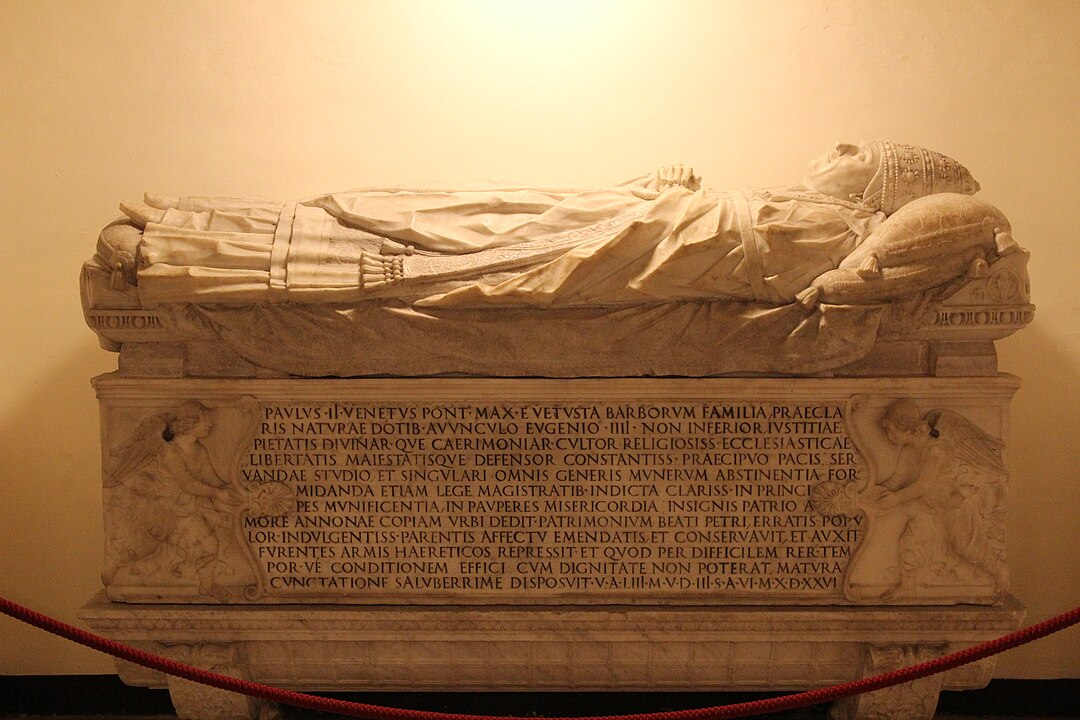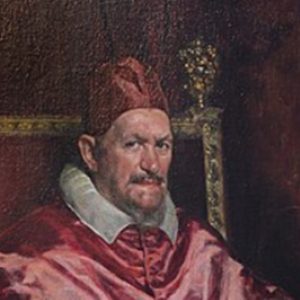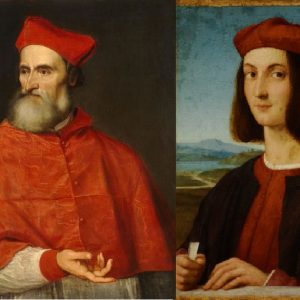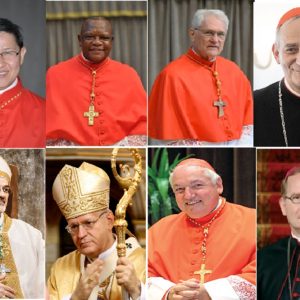Pope Paul II died on this day in 1471 in Rome at the age of 54. His papacy, lasting from 1464 to 1471, is remembered for its combination of flamboyant luxury, significant cultural contributions, and controversy.
Born Pietro Barbo on February 23, 1417, in Venice, Pietro was the nephew of Pope Eugenius IV.
Encouraged by his uncle’s election to the papacy, Barbo quickly ascended the ecclesiastical ranks, becoming a cardinal in 1440. He once promised that if he became pope, he would purchase villas for each cardinal to escape the summer heat. This early ambition hinted at his future papal policies.
Paul II had a well-documented love for sumptuous ecclesiastical finery. He was known for commissioning a papal tiara adorned with diamonds, sapphires, emeralds, topaz, large pearls, and other precious gems. His passion for luxury extended to his daily attire, which often included opulent fabrics and intricate jewellery.
Election and Early Policies
Barbo was elected to succeed Pope Pius II in the first ballot of the 1464 papal conclave. Prior to his election, an agreement was drafted requiring the new pope to continue the Turkish war, restrict travel outside Rome and Italy without cardinal consent, and limit the college of cardinals to 24 members with only one cardinal-nephew.
Paul II, however, later modified these terms to suit his interests, causing friction with the college of cardinals.
Upon taking office, Paul II withdrew from public life, granting audiences only at night and becoming almost inaccessible, even to his closest friends. His reclusive nature and erratic governance style alienated many within the church hierarchy.
Cultural Contributions
One of Paul II’s most enduring legacies is his support for the introduction of the printing press in the Papal States. This innovation made books more affordable, promoting literacy and education among the populace. The widespread availability of printed materials significantly contributed to the intellectual and cultural growth of the Renaissance.
Paul II also had a flair for public spectacles. He organised popular events, including horse races during the Carnival along Rome’s main street, which became known as Via del Corso.
Controversies and Criticism

Paul II’s papacy was not without scandal. He often clashed with papal officials, imprisoning and torturing some, and even excommunicating the King of Bohemia.
He annoyed the College of Cardinals by secretly creating new cardinals without announcing their names, leading to confusion and mistrust.
Tensions came to the fore when in attempting to eliminate redundant offices, Paul II proceeded to annul the College of Abbreviators, whose function it was to formulate papal documents. This did not go down well with rhetoricians and poets with humanist training, who had long been accustomed to benefiting from employment in such positions. Yet despite this action, his introduction of printing allowed more laypeople to become educated.
His treatment of Jewish residents was extremely harsh; he forced them to run naked for public amusement and mandated they wear yellow handkerchiefs, a precursor to later, more severe forms of persecution.
Rumours about his personal life also circulated. Some contemporaries, including Pope Pius II, suggested he should have been called Maria Pietissima (Our Lady of Pity) for using tears to get what he wanted. Historians speculate this nickname may have alluded to his love of dressing up or perceived lack of masculinity.
Further rumours claimed he wore rouge and almost chose the name Formosus, meaning “handsome,” but was dissuaded.
Death & Legacy
Paul II’s sudden death was surrounded by speculation, with some suggesting he died of indigestion after overeating melons, while others claimed he died in more scandalous circumstances with a page boy.
After his death, a significant quantity of jewels, pearls, and gold was discovered, underscoring his love for opulence.
Pope Paul II’s legacy is a complex blend of grandeur, progress and controversy.
The Papal history is long and complex, but John Julius Norwich expertly examines the history of the oldest continuing institution in the world in his book The Popes: A History.
Recommended Book
Of the 280-odd holders of the supreme office, some have unquestionably been saints; others have wallowed in unspeakable immorality. One was said to have been a woman, her sex being revealed only when she improvidently gave birth to a baby during a papal procession. Almost as shocking was Formosus whose murdered corpse was exhumed, clothed in pontifical vestments, propped up on a throne and subjected to trial. The Popes is superbly written, witty and revealing.
Disclosure
This website contains affiliate links to businesses we chose to partner with. If you use these links to buy something, we earn a small commission. It helps to keep us to keep the site going. Any advertising banners you may see are also links to partners. If you click on them and subsequently make a purchase, it may also earn us a commission.






